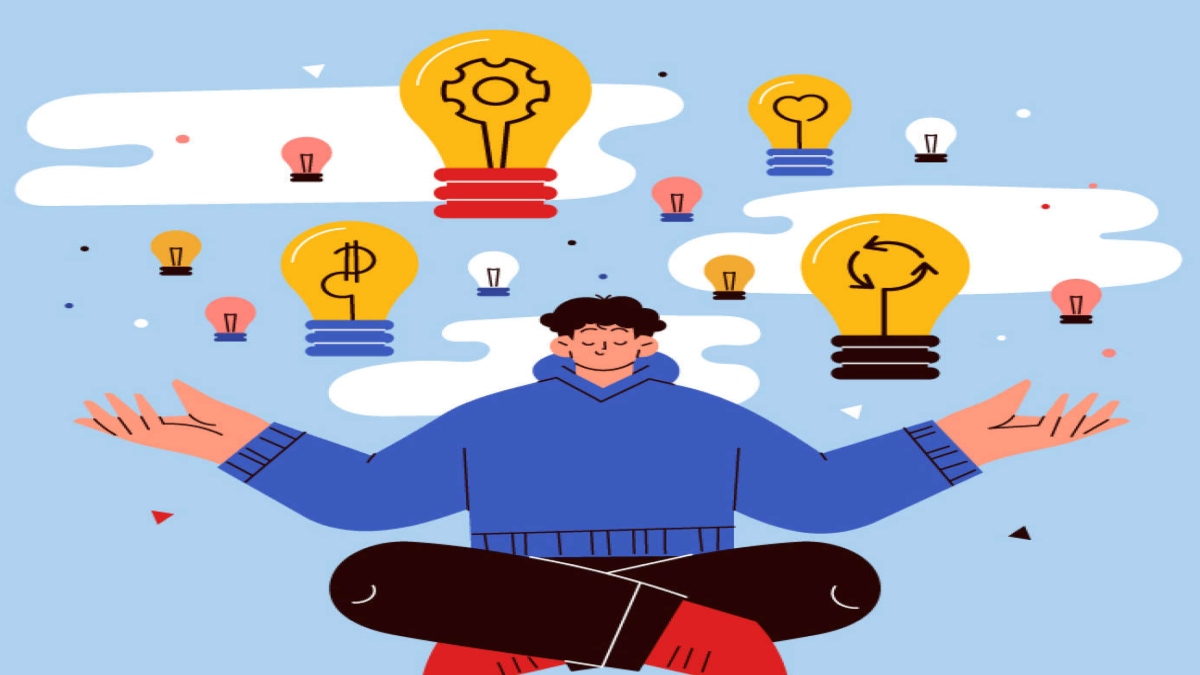
During a wintry evening in Belgium in the 1860s, German chemist August Kekule, who was researching molecular structures, fell asleep in front of his fireplace. What transpired thereafter, would forever change the course of science. Kekule had a dream, of different atoms dancing before his eyes, twisting in snakelike motion. He recounted, “One of the snakes had seized hold of its own tail, and the form whirled mockingly before my eyes. As if by a flash of lightening I awoke.”
This vision inspired Kekule to propose a hexagonal ring structure for the benzene molecule. This structure forms the backbone of organic chemistry, and spawned the chemical, plastics and pharmaceutical industries. Writer Arthur Koestler called it “probably the most important dream in history since Joseph’s seven fat and seven lean cows”.
Another monumental dream was one that occurred to Otto Loewi in 1920, which led to the discovery of chemical neurotransmission, and won him the Nobel Prize.
This experience is not limited to scientists. One of the Beatles’ most enduring songs, ‘Yesterday’, came to Paul McCartney in a dream. On waking up, he rushed to his piano. In his words, “I just fell out of bed, found out what key I had dreamed it in…and I played it.”
All of this might seem esoteric. Yet, almost all of us have had the experience of the ‘aha’ moment hitting us when we least expect it. We might be working on a pesky problem, unable to come up with a solution. The right turn of phrase for an advertising campaign, the missing link in the plot for a book, the vital ingredient in a strategic plan, all seem to elude us despite putting in intense effort. And then, voila, the ‘Eureka’ moment hits us in the shower or in the gym.
This experience, of the inner recesses of our mind coming up with solutions even when the conscious mind has withdrawn from a task, suggests that we have faculties greater than what we can consciously comprehend. This is the realm of what psychologists call the ‘unconscious’, or what is popularly referred to as the ‘subconscious’ mind.
Can we harness the power of these deeper faculties? Given the randomness associated with it, it might seem difficult to ‘teach’ creativity. Yet, there are pointers which can enlighten us.
The first is to learn to let go. There is a point after which trying too hard actually backfires. The conscious mind, with its focus on structure and logic, often stands in the way of the free-flowing connections associated with creativity. For instance, when I was writing my second book AgniBaan, my initial thoughts on the plot for the book were linear. Yet, the final plot drew from seemingly disparate fields, including Egyptian and Indian history, cryptography, climate change and electronic warfare. The only way I could make these connections was to allow the ‘subconscious’ mind to join the dots. This required ‘letting go’, cutting the conscious mind loose from the burden of having to come up with a solution. To quote from the ancient Chinese text Tao Te Ching, “He who clings too hard to his work will create nothing that endures”.
The second pointer is the importance of alternating between periods of effort and relaxation. Psychologists are researching ‘incubation’, where a period of intense conscious focus on a goal or problem is followed by something undemanding and different from the main task. Japanese author Haruki Murakami mentions that walking is crucial to his creativity. He says, “Just as original ideas come to your mind after intense meditation, walking has the same effect. It is inspiring, but you never know where the inspiration comes from”. This is why ideas often come to us in the gym or the shower, because the deeper layers of the mind are processing even as we relax.
The third pointer is the importance of regular effort. The subconscious mind can make connections because the relaxation has been preceded by a period of intense conscious effort. A routine involving daily effort enables the deeper layers of the mind to form their own chains of connection with the previous day’s work. In Murakami’s words, “The repetition itself becomes the important thing, it’s a form of mesmerism. I mesmeriSe myself to reach a deeper state of mind.”
These insights show us a path to unlocking our creativity, moving the ‘aha’ moment from the ethereal realms of fantasy to concrete reality. This realization is empowering, because creativity can be accessed by each one of us, and can enable us to realise our full potential.
S.Venkatesh is the bestselling author of AgniBaan and KaalKoot, a leadership coach and an investor who has held key positions with JP Morgan, Credit Suisse and Macquarie. He writes about mindfulness and its link to creativity, business and wealth.